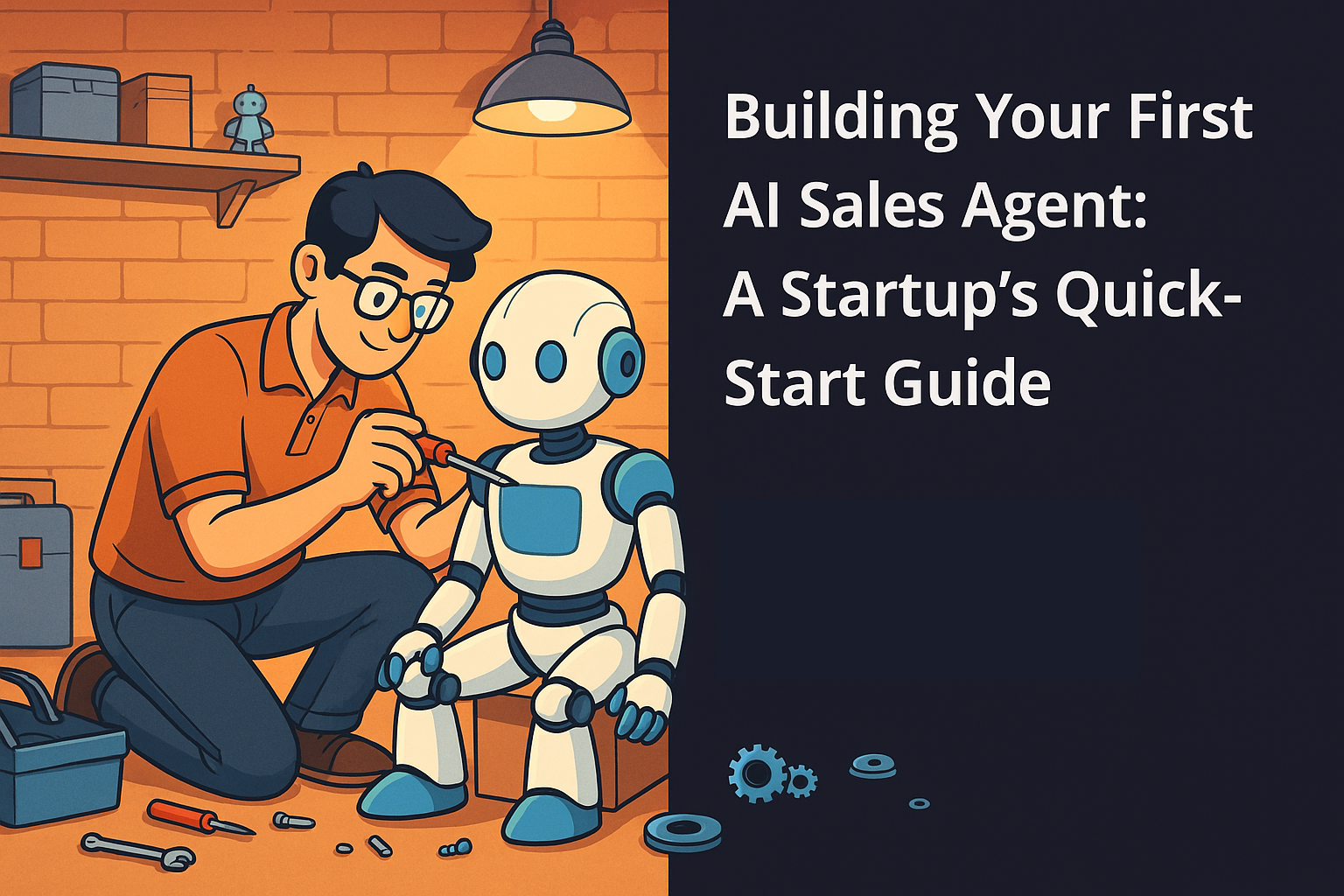In email marketing, understanding and optimizing key metrics is essential for success. One of the most critical metrics that often flies under the radar is the click-to-open ratio. This metric offers valuable insights into the effectiveness of your email content and engagement strategies. In this comprehensive guide, we will explore what the click-to-open ratio is, why it matters, and how you can improve it to maximize your email marketing results.
What is the Click-to-Open Ratio?
The click-to-open ratio (CTOR) is a metric that measures the effectiveness of your email content in driving engagement. Unlike the click-through rate (CTR), which measures the number of clicks divided by the number of emails sent, the click-to-open ratio focuses on the clicks generated from the emails that were actually opened. This provides a more accurate representation of how compelling and relevant your email content is to those who view it.
Why the Click-to-Open Ratio Matters
Understanding the click-to-open ratio is crucial for several reasons:
- Content Relevance: A high click-to-open ratio indicates that your content resonates with your audience, prompting them to take action after opening your email.
- Engagement Insights: CTOR helps you gauge the engagement level of your subscribers. If your open rates are high but your CTOR is low, it suggests that your email content might not be compelling enough.
- Campaign Performance: By monitoring your click-to-open ratio, you can identify which emails are performing well and which ones need improvement. This enables you to refine your email marketing strategies.
How to Calculate the Click-to-Open Ratio
Calculating the click-to-open ratio is straightforward. Here’s the formula:
Click-to-Open Ratio (CTOR)=(Number of Unique ClicksNumber of Unique Opens)×100\text{Click-to-Open Ratio (CTOR)} = \left( \frac{\text{Number of Unique Clicks}}{\text{Number of Unique Opens}} \right) \times 100Click-to-Open Ratio (CTOR)=(Number of Unique OpensNumber of Unique Clicks)×100
For example, if 1,000 people open your email and 200 of them click on a link, your CTOR would be:
(2001000)×100=20%\left( \frac{200}{1000} \right) \times 100 = 20\%(1000200)×100=20%
This means that 20% of the people who opened your email were engaged enough to click on a link within the email.
Factors Influencing the Click-to-Open Ratio
Several factors can influence your click-to-open ratio. Understanding these factors can help you make informed decisions to improve this metric:
- Subject Line: Although the subject line doesn’t directly impact CTOR, it affects open rates, which in turn influence the pool of recipients who have the opportunity to click.
- Content Quality: High-quality, relevant content is crucial for a high click-to-open ratio. Your content should be engaging, informative, and tailored to the interests of your audience.
- Call-to-Action (CTA): Clear and compelling CTAs are essential for encouraging clicks. Make sure your CTAs stand out and clearly communicate the desired action.
- Email Design: A visually appealing email design with a logical flow can enhance the user experience and increase the likelihood of clicks.
- Audience Segmentation: Sending targeted emails to specific segments of your audience can improve relevance and engagement, leading to a higher CTOR.
Strategies to Improve Your Click-to-Open Ratio
Improving your click-to-open ratio requires a combination of strategic planning and creative execution. Here are some effective strategies to consider:
1. Craft Compelling Subject Lines
While the subject line primarily impacts open rates, it sets the stage for the recipient’s interaction with your email. A compelling subject line can increase opens, thereby expanding the potential for clicks. Ensure your subject lines are intriguing, relevant, and concise.
2. Personalize Your Emails
Personalization goes beyond addressing recipients by their names. Tailor your content based on the recipient’s preferences, past interactions, and behavior. Personalized emails are more likely to resonate with your audience, leading to higher engagement and a better click-to-open ratio.
3. Focus on High-Quality Content
The content of your email should provide value to the recipient. Whether it’s informative articles, exclusive offers, or entertaining stories, ensure your content is engaging and relevant. High-quality content encourages recipients to click on your CTAs.
4. Optimize Your Call-to-Action
Your CTA should be clear, concise, and compelling. Use action-oriented language and create a sense of urgency to motivate recipients to click. Place your CTA prominently within the email and consider using multiple CTAs if appropriate.
5. Enhance Email Design
A well-designed email can significantly impact your click-to-open ratio. Use a clean, visually appealing layout with a logical flow. Ensure your email is mobile-friendly, as a significant portion of email opens occur on mobile devices.
6. Segment Your Audience
Segmenting your email list allows you to send targeted content to specific groups of subscribers. By catering to the unique interests and preferences of each segment, you can increase the relevance of your emails and improve your CTOR.
7. Test and Optimize
A/B testing is a powerful tool for optimizing your email campaigns. Test different elements such as subject lines, content, CTAs, and design to identify what resonates best with your audience. Use the insights gained from these tests to refine your email strategy.
Common Mistakes to Avoid
Improving your click-to-open ratio also involves avoiding common pitfalls that can negatively impact your email performance:
- Overloading with Content: Too much information can overwhelm recipients and dilute the impact of your CTAs. Keep your content concise and focused.
- Weak CTAs: Vague or generic CTAs fail to inspire action. Ensure your CTAs are specific, actionable, and compelling.
- Ignoring Mobile Optimization: With a significant number of users accessing emails on mobile devices, neglecting mobile optimization can hurt your engagement rates. Make sure your emails are responsive and easy to navigate on all devices.
- Lack of Segmentation: Sending the same email to your entire list can reduce relevance and engagement. Use segmentation to tailor your content to different audience groups.
- Neglecting Analytics: Failing to analyze your email performance can prevent you from identifying areas for improvement. Regularly review your metrics, including the click-to-open ratio, to make data-driven decisions.
Real-World Examples
Let’s take a look at some real-world examples of how businesses have successfully improved their click-to-open ratio:
Example 1: E-commerce Brand
An e-commerce brand wanted to boost engagement with their promotional emails. They started by segmenting their audience based on past purchase behavior and preferences. Each segment received personalized product recommendations and exclusive offers. The result was a significant increase in their click-to-open ratio, as recipients found the tailored content more relevant and engaging.
Example 2: B2B Company
A B2B company aimed to improve the performance of their newsletter. They conducted A/B testing on various elements such as subject lines, content layout, and CTAs. By analyzing the results and implementing the best-performing elements, they achieved a higher click-to-open ratio. The optimized emails provided valuable insights and actionable content, driving more clicks from engaged readers.
The Future of Click-to-Open Ratio
As email marketing continues to evolve, the importance of the click-to-open ratio will only grow. Here are some trends and advancements to watch for:
- Advanced Personalization: With the rise of AI and machine learning, personalization will become even more sophisticated. Marketers will be able to deliver hyper-personalized content that resonates deeply with individual subscribers.
- Interactive Emails: The use of interactive elements such as polls, quizzes, and carousels can enhance engagement and drive more clicks. Interactive emails provide a dynamic user experience, encouraging recipients to interact with your content.
- Data-Driven Insights: Advanced analytics and AI-driven insights will enable marketers to make more informed decisions. By leveraging data, you can continuously optimize your email campaigns for better performance.
- Omnichannel Integration: Integrating email marketing with other channels such as social media, SMS, and web push notifications will create a seamless customer experience. This holistic approach can boost engagement and improve your click-to-open ratio.
Conclusion
The click-to-open ratio is a vital metric for measuring the effectiveness of your email marketing campaigns. By understanding its significance and implementing strategies to improve it, you can enhance your email engagement and drive better results. Focus on delivering high-quality, personalized content, optimizing your CTAs, and continuously testing and refining your approach.
As you navigate the ever-changing landscape of email marketing, keeping an eye on your click-to-open ratio will help you stay ahead of the curve and achieve your marketing goals. Remember, a higher click-to-open ratio translates to more engaged subscribers, increased conversions, and ultimately, a more successful email marketing strategy.
In the world of digital marketing, mastering the click-to-open ratio is not just an option—it’s a necessity. By leveraging the insights and strategies outlined in this guide, you can take your email marketing efforts to the next level and ensure that your messages not only reach your audience but also inspire them to take action.
Remember to use Opps.ai for you email marketing campaigns and leads! Just click the image below to sign up!



.jpg)


.svg)